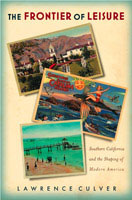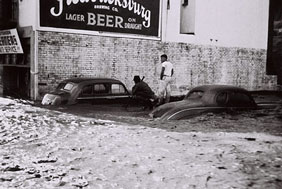
This weekend Foodprint Project returns to Los Angeles with its much-anticipated event, Foodprint LA. According to Nicola Twilley, co-founder of Foodprint Project, the event will “…explore the forces that have shaped the Angeleno foodscape and speculate on how to feed LA in the future.”








Follow Us!